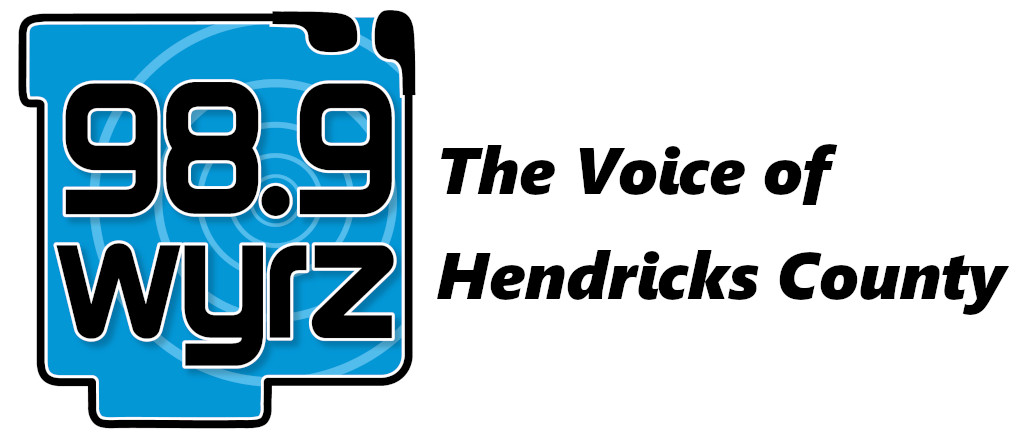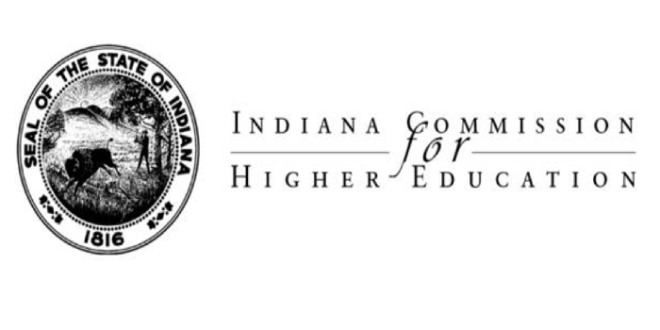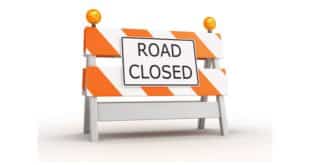More than 80 percent of Indiana high school students who graduated in 2014 were prepared for college-level coursework, according to Indiana’s new College Readiness Reports released today. This is an improvement of 5 percentage points in the number of Hoosier students who entered college directly from high school without needing remedial coursework before earning credits toward a degree.
Indiana’s College Readiness Reports are provided annually for every high school, school district and county in the state.
“When students leave our K-12 system college-ready, they spend less on costly remedial courses and are more likely to graduate on time,” Indiana Commissioner for Higher Education Teresa Lubbers said. “Gains in recent years are encouraging, but much work remains to increase academic preparation for Indiana’s high school graduates, especially in math.”
Remedial courses, which don’t count toward a college degree, are required when high school graduates lack the academic skills they need to be successful in college-level classes. The latest College Readiness Report shows that most students who need remediation, 66 percent, need extra help in mathematics.
Over the past two years, the number of students entering college without needing remediation has improved by 10 percentage points. While the efforts of Indiana’s K-12 educators contributed to this increase, it is important to note that changes in the way Ivy Tech Community College identifies students for remediation and places them in remedial courses have likely contributed to this significant improvement, as well.
Lessons Learned from Indiana’s 2016 College Readiness Reports
- College Access: The number of Indiana is on par with the national average: 65 percent. More than half of students earn early college credit (dual credit and AP) before graduating high school.
- Academic Preparation: Too few students enter college academically prepared, and diploma type matters.Those who earn Indiana’s Core 40 diploma are more than six times as likely to need remediation as their peers who earn an Honors diploma, and students who earn a general diploma are more than 10 times as likely to need remediation as Honors diploma earners.
- Financial Preparation: More Indiana high school seniors are completing the Federal Application for Financial Aid (FAFSA) on time (30 percent), and fewer of Indiana’s college freshman are taking out loans (46 percent). Students who attend college full time are nearly twice as likely to persist in college as those who attend part-time.
- Achievement Gaps: While gaps remain, Indiana has made progress closing achievement gaps. Growth in the number of low-income and minority students accessing higher education and entering college prepared is outpacing growth for other students.
Even with this improvement, however, significant gaps persist—especially in college readiness. Eighty-five percent of White students are college-ready, compared to 61 percent of Black students and 77 percent of Hispanic students.
The Commission is committed to closing the college completion gap for Indiana students, passing a resolution in 2013 to cut the gaps in half by 2018 and eliminate them entirely by 2025. “Reaching Higher, Delivering Value,” Indiana’s new strategic plan for higher education, redoubles Indiana’s focus on closing these gaps.
“K-12 and higher education must work together to ensure students are ready for college work and supported on their way to earning a degree or credential,” Lubbers said.
New to the 2016 College Readiness Report
This year’s College Readiness Report includes the following new tools and information:
- Early College Credit: This year’s College Readiness Report provides data on students graduating from high school with dual credit for the first time. This new data is combined with existing data on students earning Advanced Placement (AP) credit—providing a more complete look at early college credit in Indiana.
- Financial Information: This year’s report incorporates financial preparation as an important component of college readiness—providing data on FAFSA filing and student debt.
- Readiness Dashboard: As a companion to the traditional school, district, county and statewide reports, the Commission introduced a new online Readiness Dashboard—allowing educators, parents and the public to explore and examine the data in new ways.
About Indiana’s College Readiness Reports
The College Readiness Reports include data on Hoosier students who graduated from an Indiana public high school in 2014 and immediately entered college during the 2014-2015 academic year—including information on where students attend college, enrollment by program type, student performance as well as students’ socioeconomic status and race/ethnicity.
Released annually by the Indiana Commission for Higher Education in partnership with the Indiana Department of Education, the reports aim to give local schools and communities a clear picture of student performance early in their college experience and to inform policies that increase college readiness and success.
Available online at www.che.in.gov, the Indiana College Readiness Reports are provided at the high school, school district, county and state levels to help schools and communities use data to inform local policy and instructional practices.
- Data At-a-Glance
- College Readiness Dashboard
- School Level Reports
- Corporation Level Reports
- County Level Reports
- State Level Reports
- College Readiness Data Notes
 WYRZ.org 98.9 WYRZ – The Voice of Hendricks County
WYRZ.org 98.9 WYRZ – The Voice of Hendricks County






